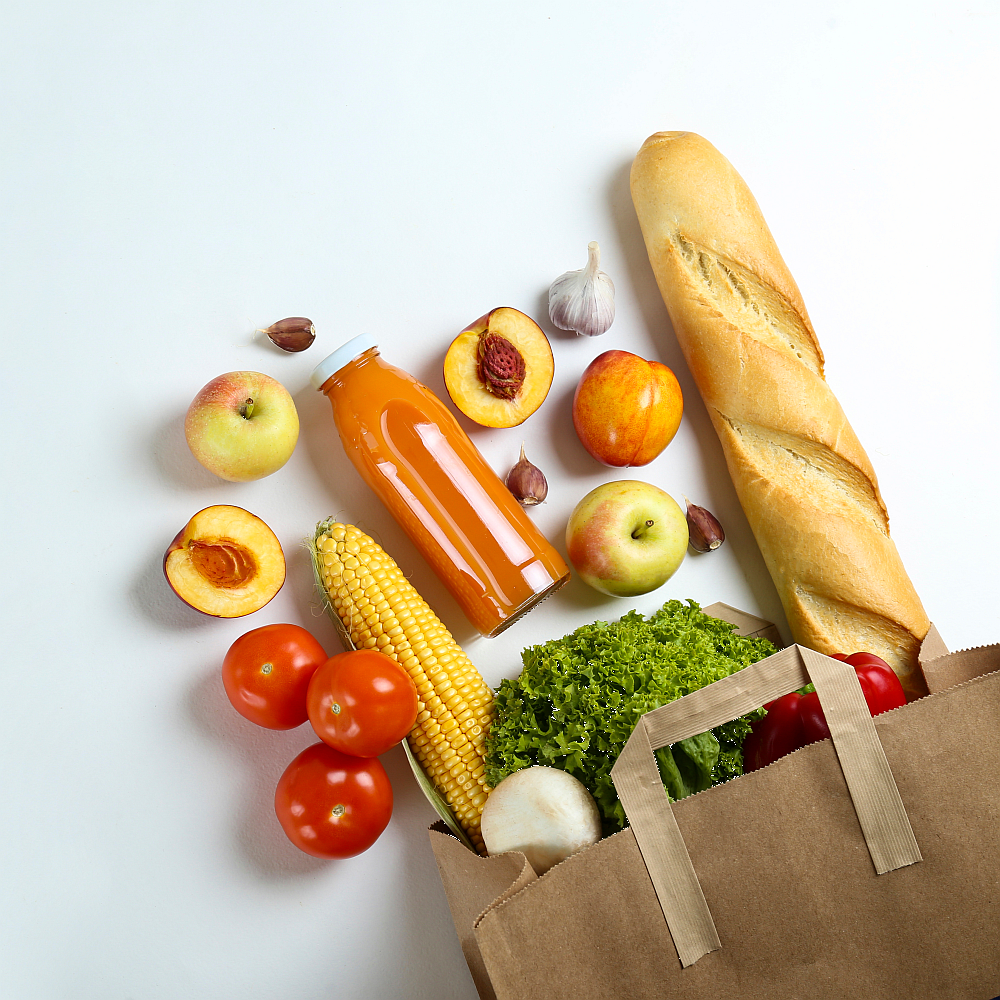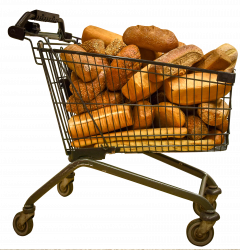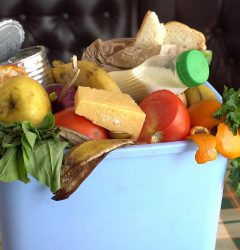08 Aug

WHY FOOD WASTE REDUCTION IS VITAL IN THE RETAIL SECTOR?
Food waste is an issue at every level of the food chain, and actions must be taken at each stage to ensure that all stakeholders can benefit. One-third of the food we produce is never consumed. Either it is not picked up by farmers during harvesting, is lost when being transferred to shops, or is simply thrown away due to the expiration date or it is regarded as improper produce. Throughout the whole food supply chain, food is wasted, resulting in economic loss and the waste of natural resources.
Retailers: Solutions for Grocery Waste
Grocery Retailers function in a consumer-facing marketplace, physical or virtual, mainly selling produce and packaged foods. Due to their unique position at the core of the supply chain, they have a lot of power to influence decisions about how to reduce food waste. However, they also face several different challenges. Customers generally expect a wide variety and high quality of food to be instantly accessible, which puts pressure on inventory management and food purchases.
In this article, we will share the types & causes of food waste at the distribution level and its overall environmental or social impact, and preventative measures and solutions as well.
Main Types of Food Waste At The Retail & Distribution Level
• Recalled product
• Damaged food
• Spoilage
• Unsold inventory
• Short-dated product
Consumer preference for responsibly sourced products is a major driving force for corporations to reduce waste. For the retailer, effective management of inventory to avoid waste and stocking high-quality products with extended shelf lives are ever more seen as a key differentiator by customers.
Types & Causes of Food Waste
About 45% of all fruits and vegetables, 35% of fish and other seafood, 30% of cereals, 20% of dairy products, and 20% of meat go into wastage. Some of the main causes are:
• Delivery complications, such as late delivery or overstock.
• Regular stock replenishment allows clients to choose the latest goods.
• Poor demand forecasting- results in excessive inventory.
• Expired shelf-life- past the best-before or use-by date.
• Visual flaws/damage to the food item or packaging make it unsellable.
In the previous blog, we have already discussed ways to reduce food waste, such as how better labelling and packaging can contribute to less waste. Now, we are looking into how reducing the amount of waste produced throughout the whole supply chain can help the universe as a whole.
The Environmental, Economic & Social Impact of Food Waste
Food loss and waste have a significant environmental impact. The ecosystem is also impacted by food waste, which adds to global warming. Lost and wasted food entails a loss of all the resources that went into making it, such as water, soil, energy, and much more. By preventing one tonne of food waste from going to a landfill, we can stop approximately 5 tonnes of CO2e from being produced.
Using sustainable methods to make food can cut down on this waste and lower the carbon footprint of food manufacturing. After all, it is assumed that a solution to food waste lies in embracing a sustainable production and consumption approach throughout the global food supply chain.
Financial Impact
Reduction in food waste might result in financial benefits such as lower disposal costs, reduced overhead purchasing, labour costs and tax advantages from donating foods. For example, in developed countries, food waste affects pricing policies. As a result, people with low incomes who can’t afford to spend more money on food are most at risk. The price of food is also largely influenced by the surrounding environment.
Social Impact
Despite the fact that adequate food is produced across the world, roughly a billion people suffer from hunger and malnutrition. By making sure minimal food is wasted, we could potentially feed everyone in the world who is undernourished. By limiting the tonnes of food going to waste every year, most of it preventable, we can assume that food security will improve.
Preventative Measure & Solution to Reduce Food Waste
Advancements in automation and software functionalities have made inventory management workable across product types. Companies are increasingly adopting software to input their store layouts, enabling deliveries to be custom-organized in shelving sequence, making it possible to go directly from the distribution warehouse to the retail floor. Earlier, retailers relied on middlemen to move goods from warehouse to store.
Related Post
Tags
Keywords
Tags
Resources
© 2020-2024 Link Retail. All rights reserved.











